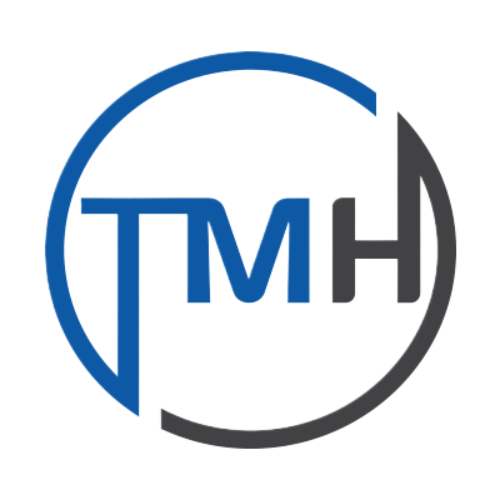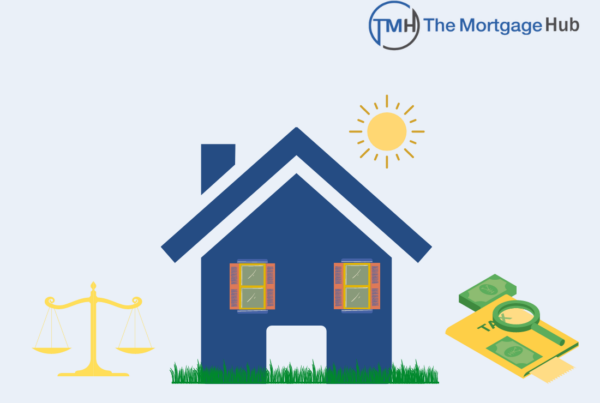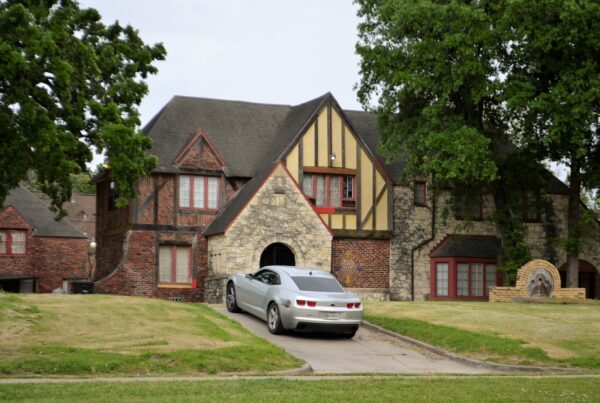With energy prices continuing to increase (California residents are paying 10% more than a year ago) going solar looks more attractive than ever. Add in rising water costs due to drought conditions and homeowners have a big incentive to conserve both power and water through renovations.
Home improvement can be expensive, though. Besides the traditional options like cash-out refinance or home equity loans, California homeowners have a choice specifically for energy-efficient or water-efficient projects. The Home Energy Renovation Opportunity (HERO) Program provides financing for these conservation-focused improvements. With no upfront costs, homeowners can cut their monthly energy bills and pay back the financing over time.
So how exactly does the program work? Let’s go through the ins and outs of HERO loans, how to apply for them, and the reasons they may or may not be your best option to finance home improvement projects.
How do HERO Loans work?
HERO loans are government-backed financing that homeowners can use to make energy-efficient renovations. The loans run through Property Assessed Clean Energy (PACE) programs, which allow property owners to repay the financing through assessments attached to the property, rather than the individual. For HERO loans, this means that the loan is repaid via increased property taxes. While more than 35 states have PACE programs, only three have approved HERO loans in select counties—California, Florida, and Missouri.
Luckily, California’s adoption of the program is extensive. More than 85% of the state’s residents have access to HERO loans. There’s a wide variety of energy-efficient and water-saving improvements that you can use a HERO loan for, but some of the most common include:
- Solar panels
- Energy-efficient HVAC systems
- Windows, doors, and skylights
- Insulation and cool-roof systems
- Water resiliency measures
Applying and qualifying for a HERO Loan
Unlike some niche home loans, HERO loans have a fairly straightforward qualifying process. Aside from the obvious fact that you need to use the loan on energy-efficient home improvement work, there are a few key criteria. They can vary by jurisdiction and lender, but in general:
- You must have at least 10% equity in your home
- All of your mortgage payments and property taxes must be current
- You can’t have any recent bankruptcy filings
Applying for a HERO loan is similarly easy. While consumers can apply online, it’s frequently easier to work with a HERO-approved contractor. They can guide you through much of the process and coordinate the details of both the home improvement work and financing. Traditional mortgage lenders can also assist, although most don’t directly offer HERO loans.
Pros and cons of HERO Loans
Financing is never a one-size-fits-all solution. HERO loans have some great benefits for homeowners looking to go green, but there are also some significant drawbacks. While deciding whether a HERO loan is right for you, it’s important to consider both the pros and cons.
Benefits of HERO Loans:
- The loan covers 100% of the home improvement project, including installation. While you do have to pay administrative fees, there are no hidden costs attached.
- Lower monthly bills for energy and water can lead to significant savings, which can offset a big portion of the loan. The improvements can also increase your property value if you plan to eventually sell your home.
- The loan process is simpler than a refinance and involves fewer qualifying criteria.
- Since property taxes are deductible, some or all of the loan repayments will help lower your tax burden.
Drawbacks of HERO Loans:
- They make it much harder to refinance or sell your home. Since HERO loans are a type of tax lien, many traditional lenders won’t offer financing on a home until the HERO loan is paid off.
- Additionally, HERO loans can be difficult to pay off early. Since many lenders won’t work with homes that have an active tax lien, you’ll need to pursue creative refinance options.
- Interest rates are considerably higher than refinance loans, and the administrative fees are calculated based on the total size of the loan.
- The tax benefits may be negligible. The Tax Cuts and Jobs Act of 2017 capped property tax deductions at $10,000 per year, so borrowers with high property taxes won’t be able to deduct much of their loan repayment.
Is a HERO Loan your best option?
Home improvement projects are a long-term investment. While they’ll save you money over the course of many years, they have significant upfront costs. And unless you have an extra $25,000 cash on hand, you’ll probably want to finance the work.
While HERO loans are an option, they’re not always the best fit. Depending on your property, current loan balance, and the amount you’re looking to borrow, you have a couple of other choices:
- Cash-out refinance: In this scenario, you take out a refinance loan that’s greater than the balance of your current mortgage. For example, if you owe $275,000 you could do a $300,000 refinance and use the extra $25,000 on your home improvement project.
- Home Equity Line of Credit (HELOC): If you have a decent amount of equity in your home, HELOCs can be a good option. They avoid the closing costs of traditional refinance loans and allow you to use your equity like a credit card, but with far lower interest rates.
Before you pursue a loan, you need to determine the long-term strategy for your home and how it fits into your overall financial picture. While HERO loans are attractive for homeowners who plan to live in their house for the coming decades, they might not be a good fit for someone looking to move within five years.
If you’re unsure how to best finance your energy-efficient home improvement work, we can help. At The Mortgage Hub, we’re committed to helping clients find the loan that’s right for them. We can explain the pros and cons of each option, break down the long-term implications, and guide you through the application process. Call now at (888) 273-8734 or Schedule a Consultation to discuss how we can help.







